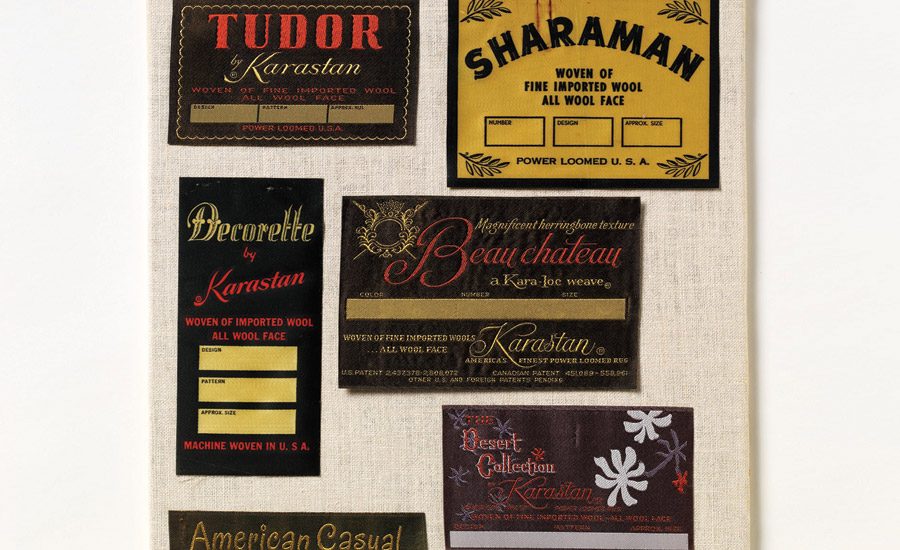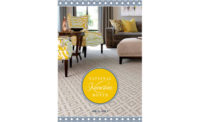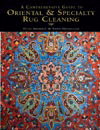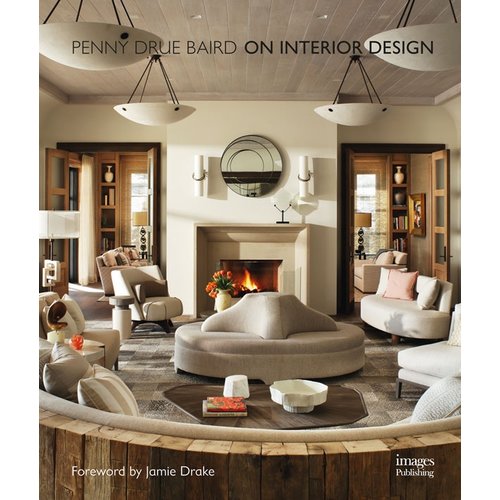Karastan celebrated 90 years of innovation and history this year. The company’s Eden, N.C., facility flowed its first power loom rug on April 8, 1928, and the company’s history of producing rugs dates back to when U.S retailer Marshall Field’s commissioned a unique machine capable of recreating the detailed craftsmanship, vibrant colors and sumptuous feel of a hand-woven rug. The new, machine-made rugs rivaled their handmade counterparts, and their accessible luxury became the enduring hallmark of the Karastan brand. In 1993, Mohawk Industries acquired Karastan.
“Karastan is renowned for its artistry and innovation and has set the industry standard for craftsmanship and durability,” said Brian Carson, president of Mohawk Flooring North America, who spoke at the 90th celebration at the Eden facility in August. “The products they create here are more than flooring. They are the centerpiece of homes all over the country. For decades, these rugs have been passed down as heirlooms, and families have marked countless milestones on carpets that defined gracious living.”
Karastan built its legacy on creating rugs of beauty and a number of colors, and independent retailers began selling the rugs in the late 30s, early 40s.
“I would say in the 80s and early 90s, our largest customers were department stores across the country, whether it’s Abraham & Straus, Bloomingdale’s—they were all carrying wall-to-wall carpet,” said Bill Storey, senior vice president, Karastan. “They not only sold broadloom, they also sold area rugs, and over time, as department stores exited the rug business, we’ve transitioned into selling the finest specialty flooring retailers in North America.”
Today, the Karastan brand holds the same philosophy it’s had since the beginning—stylish not trendy—a classic brand.
To tell that story, many members of the National Floorcovering Alliance carry the Karastan brand.
“They understand brands. The most important thing we look for in a retail partner is the retail sales associates and the quality who can tell that story and how it’s unique,” Storey said. “They know we’re limited in our distribution, they tend to get shopped less, and we have a great story with our heritage of Karastan and what we’ve done for 90 years.”
The target consumer is typically upper middle class who has a mid to high home value. The demographic averages around 55 to 60 years old, but Storey said the brand is actively targeting consumers under 40 and also millennials.
“Many of them have a lot of disposable income,” he said.
Legacy and word of mouth are also important: “If their parents bought the brand, they tend to pass that down,” he added.
Looking ahead, the brand marketing is changing with the times. The company is using more digital and interactive features that help the consumer visualize the product in various settings.
A key differentiator of the brand is its use of three fiber systems: wool, SmartStrand silk nylon and cashmere nylon—which give the brand the ability to differentiate through unique looks and finishes. Karastan is also combining yarn systems, such as wool and SmartStrand, which provide different luster levels to create accents and defined patterns.
“Many consumers are looking for anything that’s not a solid—patterns are exploding,” Storey noted. One such example is the Soft Stone collection made of SmartStrand Silk, which duplicates the look of natural travertine stone in fiber.
“The high-end business seems to be in good shape and it will probably be for a while,” Storey said. “Although carpet is losing share, consumers tend to be spending a little bit more money on the carpet because it’s still relatively a good value compared to hard surfaces.”












.jpg?t=1690771780)